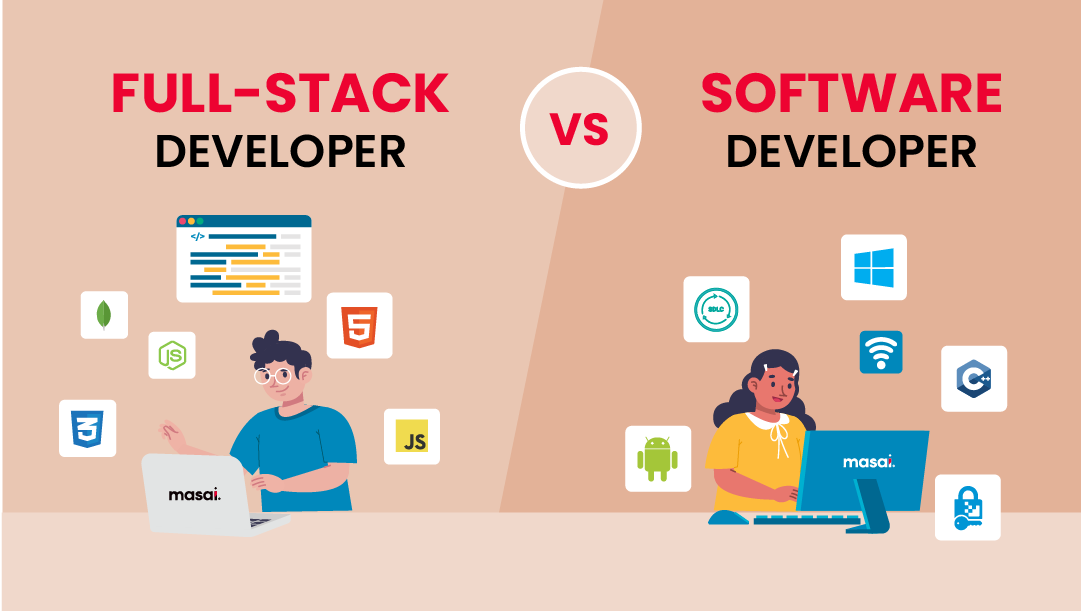Committed Developers vs. In-House Teams: Which Is Right for You?
The decision between using committed developers and preserving an in-house team is a significant one that can affect the trajectory of your tasks and overall service approach. Committed programmers provide a degree of versatility and customized experience that can be helpful for certain, short-term initiatives. Alternatively, internal groups add to a cohesive firm culture and a nuanced understanding of long-lasting objectives. By analyzing essential aspects such as budget plan, project range, and preferred control, you can much better identify which technique aligns with your organizational requirements. The ramifications of this choice prolong beyond instant end results-- think about the broader impact on your company landscape.
Recognizing Committed Developers
The expanding demand for specialized abilities in the tech sector has resulted in the emergence of devoted developers as a feasible remedy for several companies. These experts are normally gotten on a job basis, allowing firms to leverage particular expertise without the lasting commitment associated with full-time hires. Devoted designers are usually ingrained within a client's team, offering adaptability and scalability to meet task requirements.
This model enables companies to access a global ability pool, which is specifically advantageous in a swiftly developing technical landscape. Devoted programmers can be sourced from different geographical locations, ensuring that firms can locate the ideal ability established at affordable rates. They often bring a wealth of experience and knowledge, having actually worked with diverse projects throughout various sectors.
Moreover, dedicated programmers can concentrate specifically on the tasks at hand, enhancing performance and effectiveness. They are geared up to integrate perfectly right into existing operations, working together carefully with internal teams to accomplish task goals. This strategy not just reduces the burden of employment and training yet additionally enables companies to stay active, adapting swiftly to transforming market needs and technological developments.
Advantages of In-House Teams

Moreover, in-house teams often tend to have a deeper understanding of the business's goal, values, and goals. This alignment can boost employee involvement and motivation, as staff member feel much more connected to their work and the organization's success. Additionally, having a dedicated internal team enables much better alignment of methods and goals, as these members are regularly concentrated on the company's priorities.
In-house groups likewise assist in quicker decision-making procedures, as they can respond more rapidly to adjustments and difficulties. The established connections and experience with business procedures permit streamlined process and decreased miscommunication. Inevitably, the combination of a natural society, alignment with business objectives, and effective communication makes in-house groups an important possession for numerous companies, specifically those wanting to cultivate long-lasting growth and innovation.
Cost Factors To Consider
When examining cost considerations, both in-house teams and devoted programmers existing distinctive economic ramifications for organizations. Engaging dedicated programmers commonly entails a pay-per-project or hourly price model, which can be economical for services with changing job needs. This technique enables for flexibility in scaling sources up or down, making certain that companies only spend for the services they require.
In contrast, in-house groups entail fixed prices, consisting of wages, advantages, and overhead expenditures such as workplace and tools. While this design uses greater control and prompt availability of resources, it might lead to greater lasting costs, particularly if the work does not warrant a permanent staff.
Furthermore, firms ought to take into consideration the covert expenses linked with employment and training of internal staff members, which can further strain budgets. In some instances, the moment and resources invested in handling an in-house group can detract from the organization's core company objectives.

Project Management and Flexibility
Task administration and flexibility are critical variables that influence the option between in-house teams and committed designers. Devoted teams commonly have actually established procedures for taking care of jobs effectively, leveraging certain methods like Agile or Scrum, which help with repetitive progression and adaptability.

Eventually, the selection in between in-house teams and specialized developers depends upon the desired level of flexibility and the specific job administration demands. Companies must review their functional characteristics, task intricacy, and resource availability to learn this here now establish which choice straightens finest with their tactical purposes.
Making the Right Option
Choosing the right growth approach-- specialized programmers or internal groups-- calls for a cautious evaluation of various aspects that straighten with a firm's tactical goals. software development staff augmentation. Initially, take into consideration the nature of the job. If it demands specialized skills or a fast scale-up, committed developers may be a lot more suitable. Alternatively, internal teams can provide much better continuity and combination with existing employees.
Following, examine your spending plan. Devoted developers often provide an economical service for temporary tasks, while in-house teams might incur higher long-term expenses because of wages, benefits, and overhead costs. Evaluate the level of control and cooperation preferred; internal teams usually cultivate more powerful interaction and positioning with company culture.
If instant results are essential, specialized developers can be onboarded swiftly, whereas building an in-house group takes time for recruitment and training. If continuous growth is important, investing in an internal team may produce better returns over time.
Final Thought
In verdict, the decision in between internal teams and committed programmers pivots on task requirements and business goals. Conversely, in-house teams grow a natural society and deeper alignment with lasting objectives.
The decision in between using dedicated programmers and preserving an in-house team is a considerable one that can affect the trajectory of your projects and overall service technique.Project management and flexibility are crucial aspects that affect the choice in between dedicated programmers and in-house teams. dedicated development team.In comparison, in-house teams might excel in keeping a consistent project administration framework due to their familiarity with the company's culture and lasting objectives. Devoted programmers often offer a cost-effective remedy for short-term jobs, while internal teams might incur greater long-term expenditures due to wages, advantages, and overhead these details expenses.In verdict, the decision between dedicated designers and in-house teams pivots on job needs and organizational goals